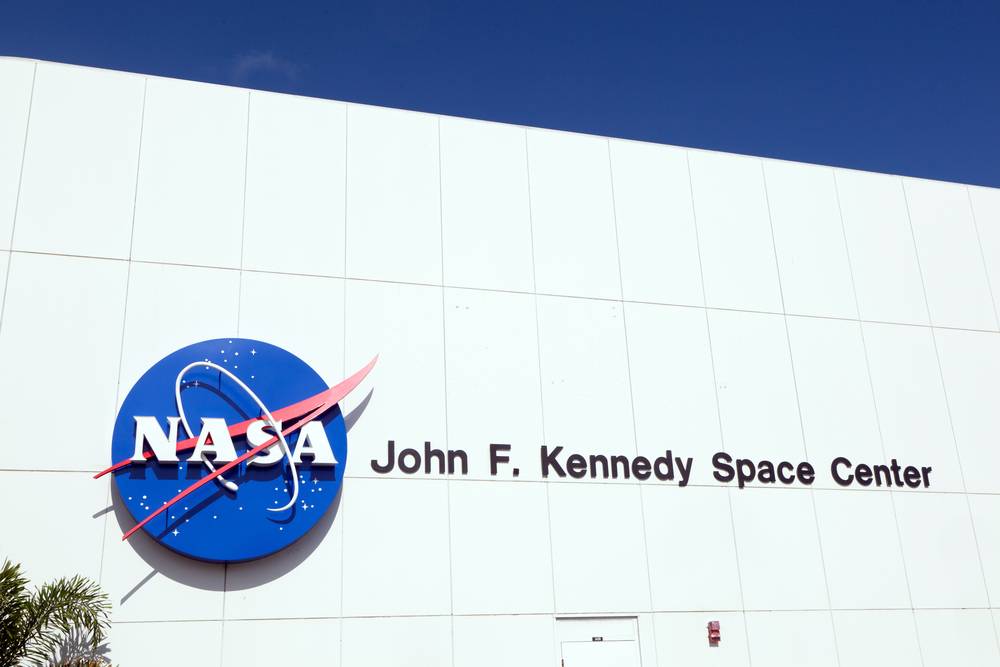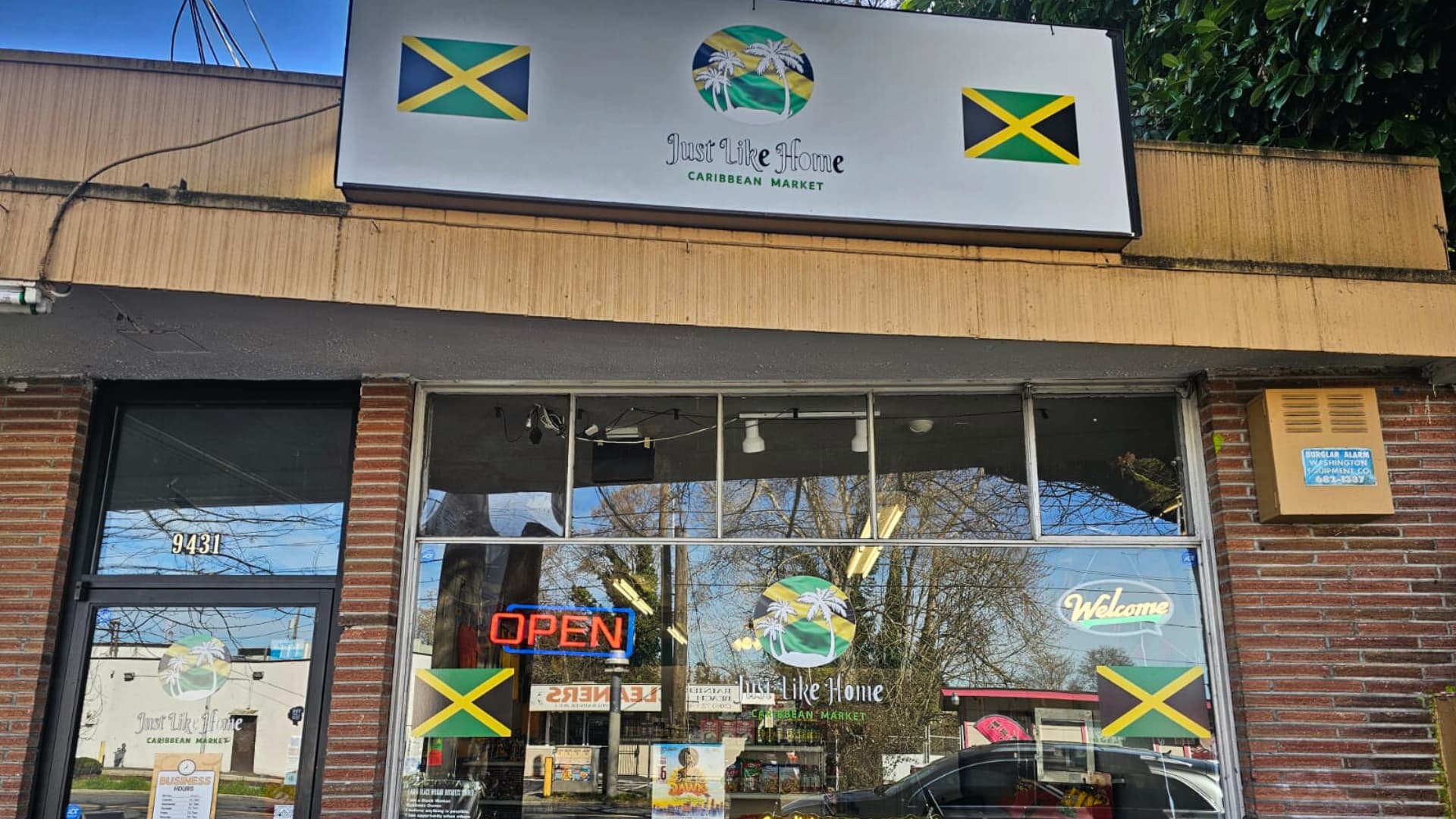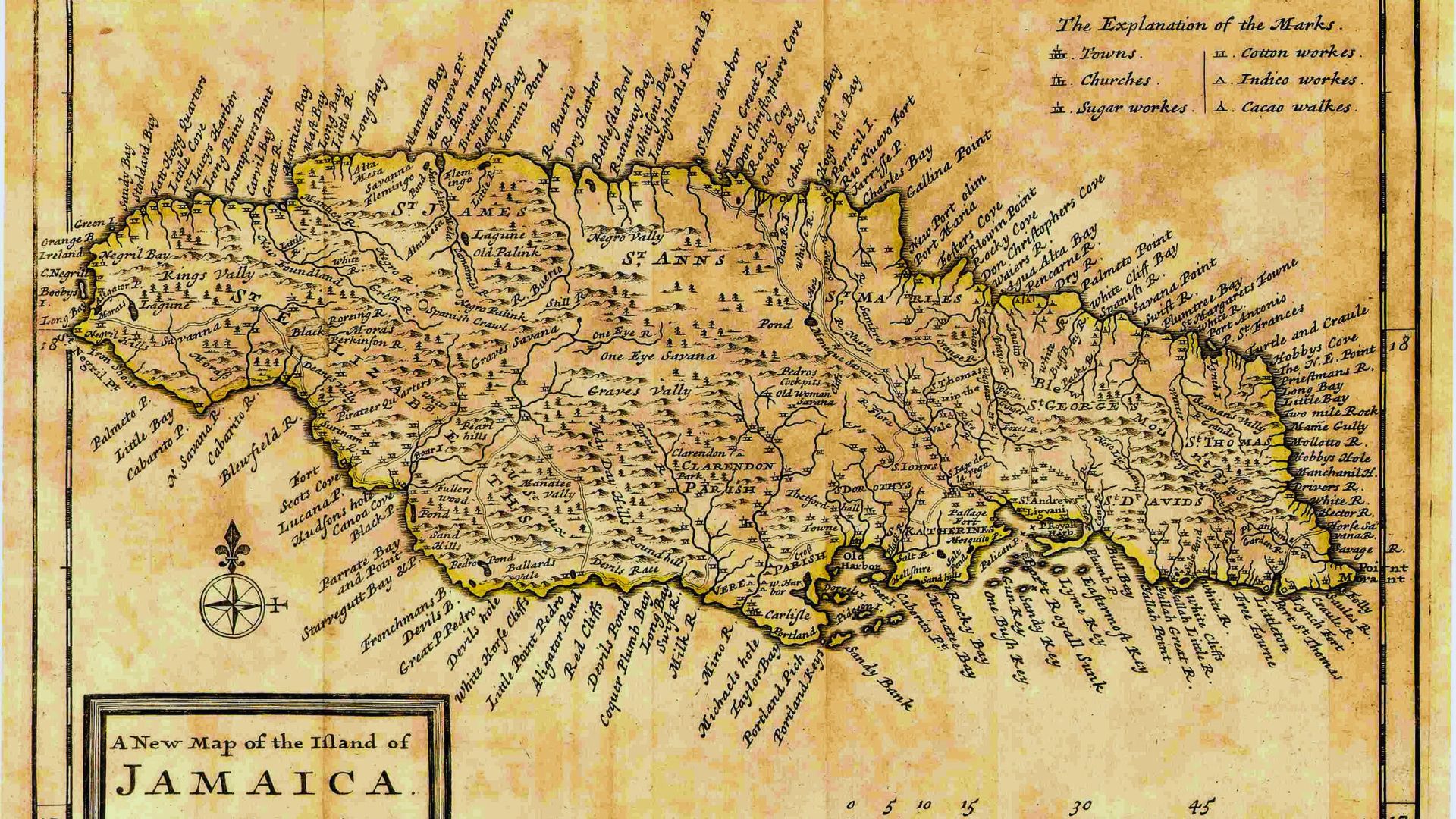The United States National Aeronautics and Space Administration (NASA) is considering the inventions of two Jamaicans that could lead to their licensing for use as rocket parts. Jamaicans George Winston Whitfield of St. Mary and Howard Martin Chin, an engineer from Kingston, believe that the magnetic gear system and ball-and-socket joint could determine the future operation of devices with a gearbox system. These devices range from planes to toys to boats and other motor vehicles. Their systems feature magnetic gearboxes that are designed to provide enhancements to the efficiency, durability, and cost-effectiveness of the devices that utilize them. The inventions are registered in and patented by the US Patent and Trademark Office (USPTO).
Whitfield and Chin approached NASA hoping to have their inventions licensed and perhaps to become part of the agency’s rockets. They sent their work to NASA in June 2021 for review. The credibility of the inventors was enhanced when Peter Melhado, a businessman, decided to invest in their venture.
While waiting for a response from NASA, the patent holders have also contacted Caribbean Maritime University (CMU) about potentially advancing their work. The university confirmed that it had helped on the project by creating a digital drawing for the purposes of the patent. The work was done pro bono as the university wants to contribute to the development of the country and hopes to work with inventors like Whitfield but added that it is ready to move forward on the basis of “a statement of work and compensation” because it wants to see the prototype succeed.
Whitfield and Chin described in detail the advantages of their magnetic gearbox system and ball-and-socket join in a document that accompanied their submission to NASA. According to the document, one benefit of the ball-and-socket joint is its ability to allow free rotation while at the same time lowering or increasing its output speed with magnet gears of different diameters. The document for the patent of the gearbox submitted to NASA by Whitfield, Chin, and Melhado describes the device as using the “non-contact, sequential magnetic interaction principle” to transmit power. One of its benefits is that no oils or other lubricants are required, other than in axle-supporting bearings; this makes it perfect for space flight where weight is a critical factor.
The three patent holders add that another key feature of the gearbox is the simple open support frame that is the only structure required, with all of the parts exposed to the vacuum of space. The gearbox can operate in environments containing fine and abrasive dust like those on the moon’s surface as well.
The inventors say that it is essential to receive a positive response from NASA to their proffer before taking the project further.
Information source – LinkedIn






